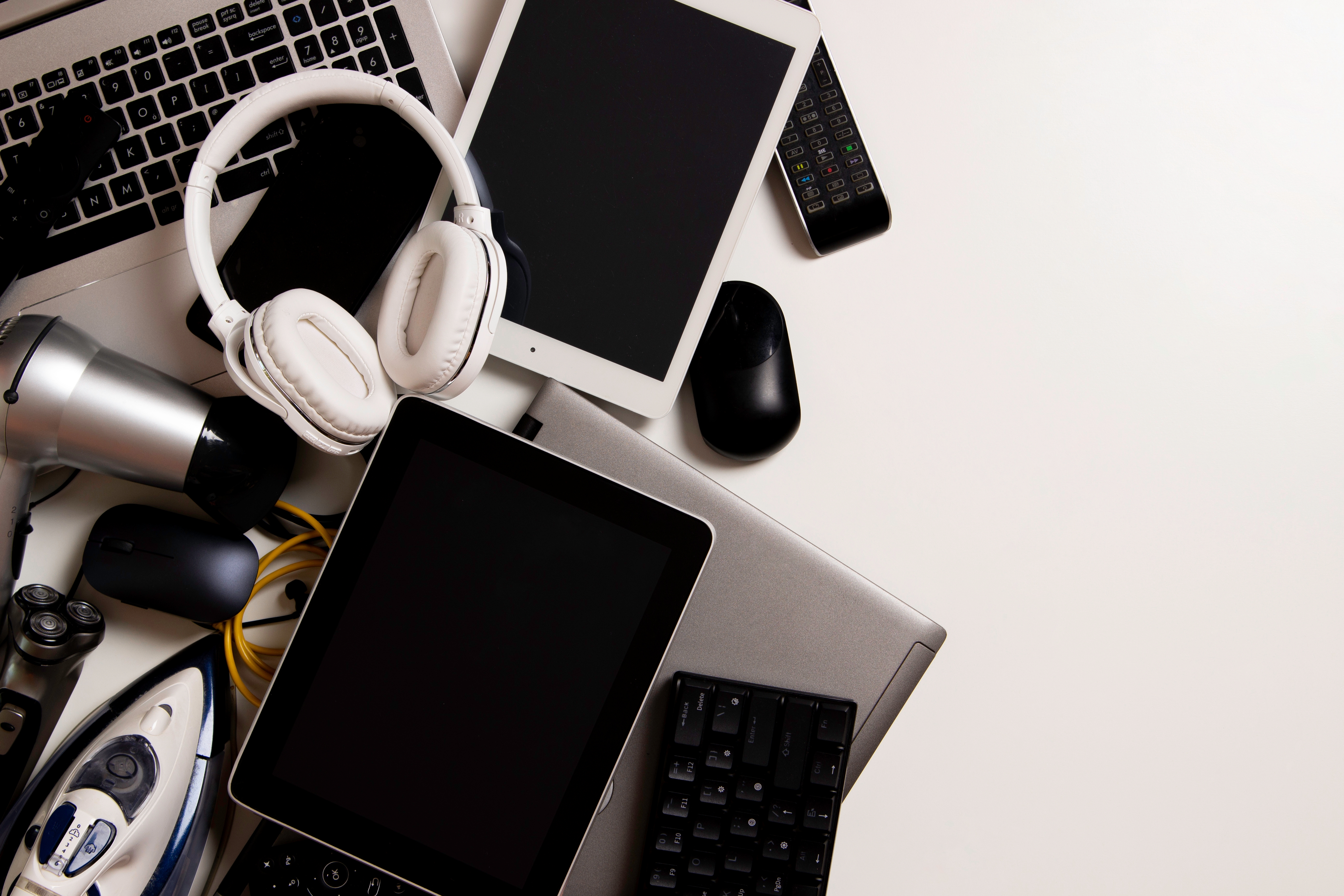Common Issues When Trading In Electronics (And How to Avoid Them)
06/25/2025

06/25/2025

Although it's not always as easy as giving up your old laptop or phone, trading in devices is a fantastic way to get extra money or credit toward your next purchase. During the trade-in procedure, many consumers encounter issues that may cause the transaction to be delayed or even void. Among the most prevalent and annoying problems? Devices that are still controlled remotely by a business or organization or connected to iCloud. Here are some things to consider before donating your used gadgets if you intend to trade them in.
Apple items that are still linked to an iCloud account are among the most common issues we encounter when people trade in their devices. Devices that have "Find My iPhone" activated, like iPhones, iPads, MacBooks, and Apple Watches, are secured using a feature called Activation Lock. In addition to preventing unauthorized users from resetting or using the device without the original owner's Apple ID and password, this security feature is intended to discourage theft.
The trade-in will probably be denied or delayed if you try to exchange a device that still has Activation Lock enabled. The original owner is the only one who can unlock the iCloud lock, and the device cannot be reset or sold without the owner's login information.
Before trading in your Apple device, go into your settings and sign out of iCloud. Then turn off "Find My iPhone" (or "Find My" for other Apple devices). You can also remove the device remotely by logging into iCloud.com and selecting “Remove from Account.” If you’re looking for iPhone buyers who accept unlocked Apple devices in good condition, working with a verified online trade-in platform can save time and increase your payout.
Electronics that are still managed remotely present another common problem, particularly if they were provided by a business or organization. IT managers can remotely track, lock, and erase these devices by enrolling them in a Mobile Device Management (MDM) system. A gadget may continue to be linked to the company's management system even after it has been sold or returned.
A remotely administered gadget will probably be rejected if you try to trade it in. Devices that are still enrolled in enterprise management or MDM programs are often not accepted by trade-in suppliers.
If the device was provided to you by your company, school, or job, contact the IT department and ask them to take it out of their MDM system. Verify that the device's settings no longer display a remote management profile after completing that step.
Although the most significant difficulties are with iCloud and MDM locks, other issues might also cause your trade-in to fail:
If you’re wondering where to sell a broken MacBook, reputable online platforms that specialize in Apple products can often accept devices others won’t and offer competitive quotes based on condition.
Before trading in your equipment, take these easy steps to prevent hassles and delays:
You may get the best value and speed up the trade-in process by taking the time to properly prepare your gadget.
Make sure the device isn't tied to iCloud or managed by remote management software if you intend to trade in your used devices. With a few extra actions, you may save time, prevent delays, and get the best return possible. These frequent problems can make a straightforward trade-in into an unpleasant process.
Ready to trade in your device? Make sure it's unlocked, unlinked, and reset—then contact your local electronics trade-in expert to get started. Contact us today to speak with a trade-in specialist and find out how much your device is worth.